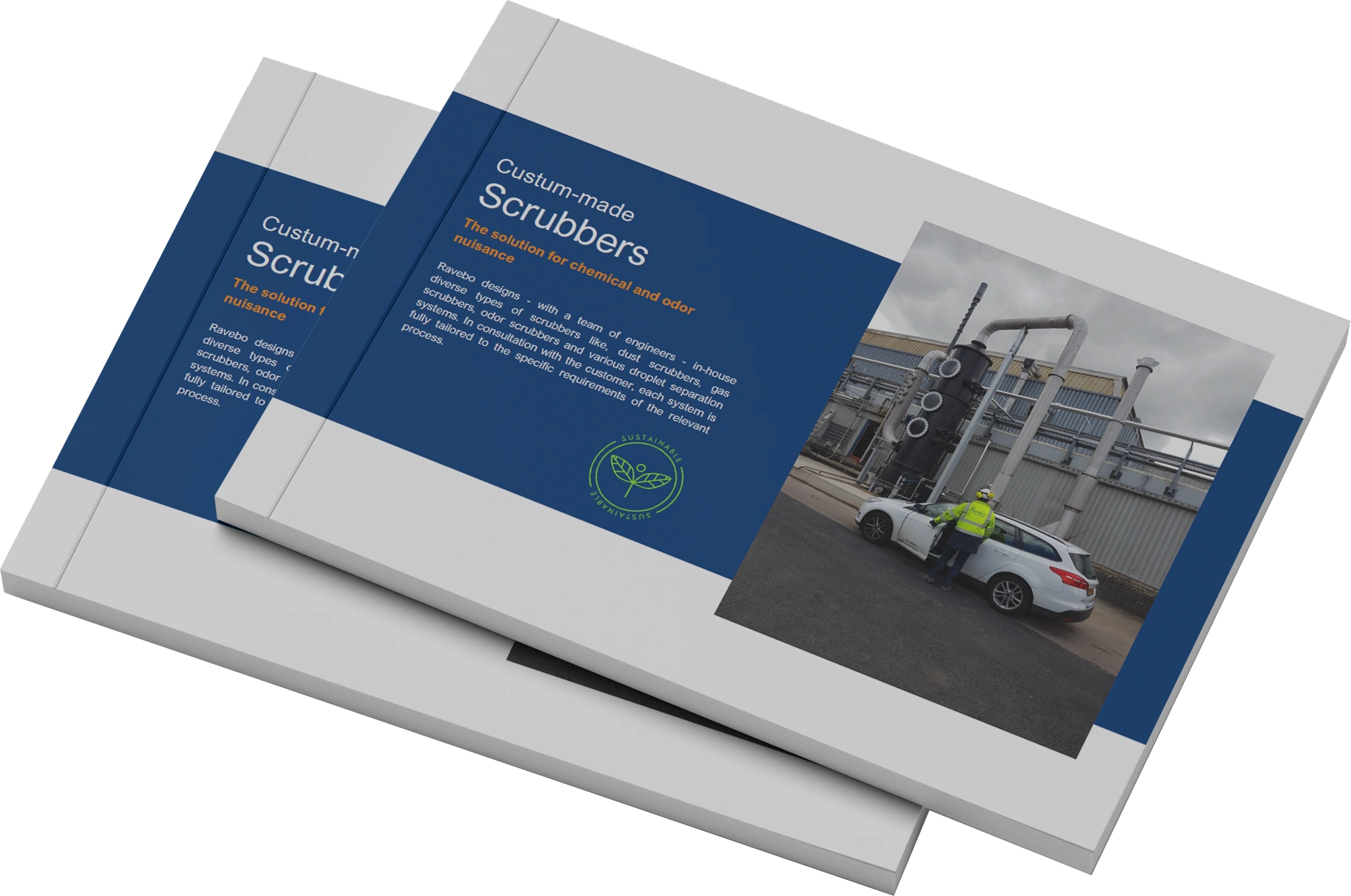
Purity Meets Innovation!
Revolutionizing Emission Scrubbing with Bio-Based Technology
Customised advise from one of our specialists.
Fill in the form below and we will contact you as soon as possible.
Get in touch with us
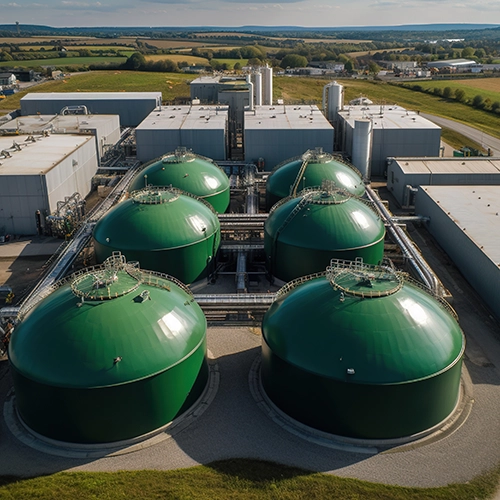
Odor Reduction for Biorefineries and Biofuel Plants
Innovations in Odor Reduction for Biorefineries and Biofuel Plants: Balancing Technical Feasibility and Sustainability

Several new techniques are being applied in the quest to reduce carbon dioxide. However, not all of these are equally technically feasible, and some of them are not necessarily as wonderful or innocent as they sound. In the last decades, the use of biofuels has increased dramatically to reduce the use of natural gas, charcoal, and mineral oils with the aim of reducing CO2 emissions and avoiding environmental damage from mining activities.
The European Directive on the Promotion of the Use of Energy from Renewable Sources (Directive 2009/28/EC) uses the following definition for biomass: 'biomass': the biodegradable fraction of products, waste, and residues of biological origin from agriculture (including vegetable and animal substances), forestry and related industries, including fishing and aquaculture, as well as the biodegradable fraction of industrial and municipal waste.
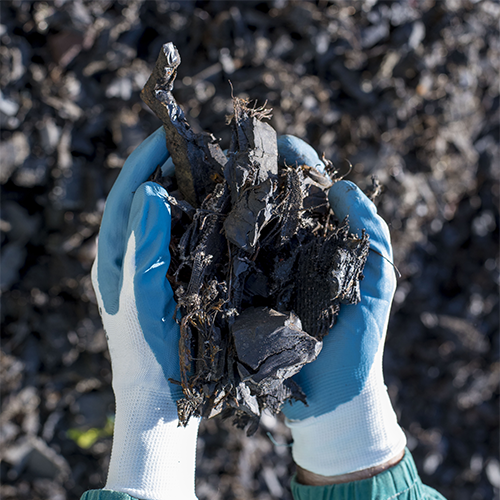
Harnessing Biological Residuals for a Sustainable Bioeconomy
Maximizing Renewable Resources: The Role of Biological Residuals in a Bio-Based Economy

Biological residual material is important as a renewable plant resource. Its full exploitation is therefore a key element in a bio-based economy. Biological residual materials cannot simply be accepted commercially if they release volatile organic compounds, also these processes must meet governmental standards with regard to their possible odor nuisance and gas emissions.
Its usefulness as an alternative raw material may suffer from the various chemical components present and the aforementioned odor nuisance. Biological residues typically develop a sulfurous odor in varying intensities, in some cases ammonia, polycyclic aromatic hydrocarbons, black carbon and sometimes particulate matter. In addition, regulatory authorities have committed to reducing unhealthy air pollution from volatile organic compounds (VOCs).
Various products are used as raw materials, including:
- Biomass, from which starch (is basically sugar) in the corn or grains can be converted into alcohol.
- Wood chips and bark are composed of three components: cellulose, hemicellulose, and lignin. Cellulose is a composite molecule of glucose; hemicellulose is a combination of glucose with other sugars and can be released from the wood and then converted to biofuel and biochar.
- Vegetable oils, palm oil, oilseed rape that are converted into biofuel.
- Manure can be used as green fuel like biogas and biomass when dried into pellets.
- Algae contain numerous valuable components, such as oils, fatty acids, proteins, and sugar, so that they can be used to make biofuels, among other things.
- VFG-waste is available worldwide and can be transformed into green gas as a replacement for natural gas by fermentation or gasification.
However, there are numerous actions that can cause an odor nuisance prior to the switch to biofuel. This includes drying biomass before it is further processed, chemical processes in which biomass is used, pumping liquid biomass into trucks, and then pumping it to ships for shipping and ultimately to storage tanks.
This removes gases that can spread quite noxious odors into the environment. The released gases must therefore be removed via a cleaning system before they can be emitted.
To prevent exceeding the allowed maximum odour emissions it has been decided to install odor control units (OCU) to treat the vapors emitted from tanks. The OCU will treat all vapors emitted by unloading products, internal transfers, and vapors emitted by heating up tanks.
Get in touch with us
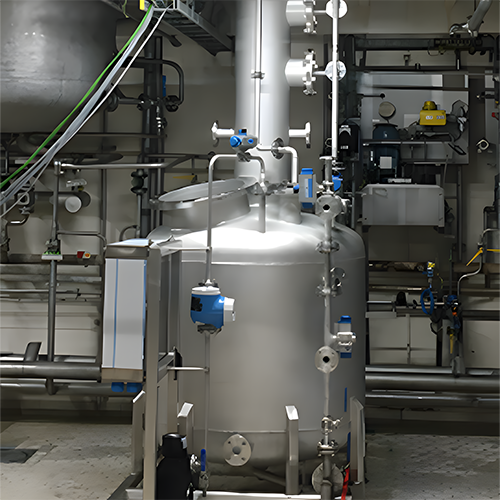
Advanced Odor Control: Comprehensive Solutions for Odor Scrubbing
Innovative Odor Scrubber Systems for Effective Emission Treatment

Removing odors is a major challenge, as they are sometimes very difficult to eliminate. However, it is first necessary to determine what the load is and which components need to be removed in view of the configuration of the scrubber. In practice, this means that an odor scrubber also has a different structure than a chemical gas scrubber or a dust scrubber. An odor scrubber therefore almost always consists of a combination of several processes: an oxidative treatment, an acid-corrected section, an alkaline treatment and often a neutral cleaning with water. These sections can be used separately or in combination with each other. In those cases where volatile organic compounds occur in the gas stream, organic solvents are often used.
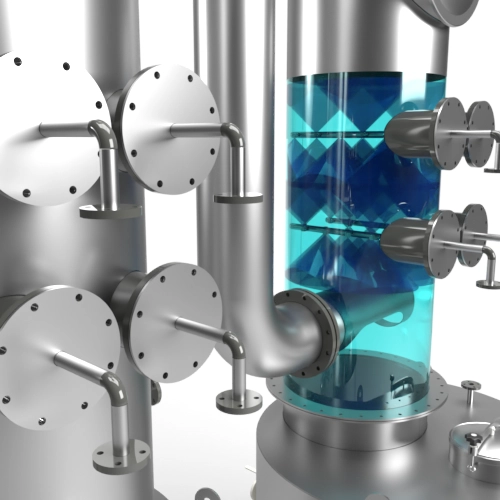
Ravebo Scrubbers: Efficient Open Spray Technology for Superior Gas Treatment
Optimizing Gas Treatment: The Advantages of Ravebo Open Spray Scrubbers

Ravebo open spray scrubbers operate based on the difference in velocity potential between liquid droplets and the incoming gas. The liquid is discharged with moderate pressure through nozzles with the objective of getting a homogeneous droplet distribution and an equal spray pattern. The droplet size is especially important since ultrafine droplets have a particularly large surface-to-volume ratio. The exceptionally fine droplets create a fine mist, which results in an efficient capture of particles. The spray absorbers operate relatively simply, are very maintenance-friendly, and have fairly low energy costs.
Due to the lack of random packing or a structural packing, the open spray absorbers have a minuscule pressure loss and are virtually insensitive to contamination, which normally causes a larger pressure difference. The scrubber works according to a closed-loop pump system in which the washing liquid is pumped from the buffer. Based on measurement values from the gas analyzer.
The spray system consists of multiple removable spray lances with spray nozzles, some of which are co-current and some of which are counter-current. The positioning of these spray nozzles in the scrubber is of the utmost importance for optimal gas treatment because they capture particles because of the intensive contact between the washing fluid and the process gas. The clogging-free special configurated nozzles create fine droplets with a homogeneous spray pattern to capture as many dust and gas particles as possible. Optimal contact of fine liquid droplets with gases and dust particles will lead to a high absorption of polluting particles and gases.
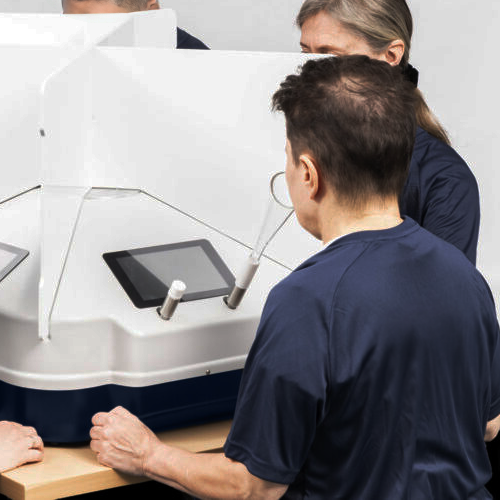
Precision in Odor Control: Measuring Emissions to Meet European Standards
Odor Concentration Measurements: Complying with the Industrial Emission Directive

In Europe, the Industrial Emission Directive (IED, or Directive 2010/75/EU establishes a general framework for determining limits intending to control odor emissions for many industrial activities or processes. Measuring odor emissions is carried out differently than the more common emission measurements of gases. Sensory odor measurements determine how many times an air sample must be diluted with clean (odor-free) air so that half of a panel of test subjects can no longer distinguish the diluted sample from clean air. The dilution number (diluted volume divided by original volume) is then the numerical value of the odor concentration, expressed in odor units per cubic meter of gas, or [OUe/Nm3]. Sampling for odor concentration measurements is done by collecting odor air samples from the waste gas in Teflon odor sample bags. The odor concentration of the collected samples is then determined.
Game-changing benefits
Discover the game-changing benefits of scrubbers and propel your business forward with our free whitepaper download.
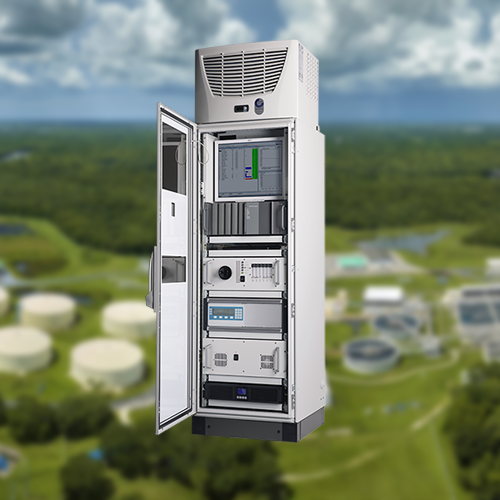
Enhancing Emissions Control with High-Precision Gas Analysers
Gas Analysers: The Key to Accurate Scrubber Discharge Measurements

The European Directive for Odor Concentration is obvious when it comes to determining odor emission. However, some components can also be measured with the appropriate gas analyzer. This is not a substitute for the European Directive but can be used as a tool to control the wet gas scrubber. On many occasions, wet gas scrubbers are controlled by using liquid sensors to measure the quality of the washing liquid. This is, however, an indirect way of measuring and is not always precise. High-end analyzers are fast-responding and, above all, very accurate, making them very suitable to measure the discharge of the scrubber system. As a result of this, the washing liquid can be controlled very precisely.
Get in touch with our scrubber specialist
Our gas scrubbers with analyzing systems make it possible to clean various gas flows. This leads to a cleaner living environment and more sustainable production processes. Curious about the possibilities? Our specialists are happy to provide you with appropriate advice.
